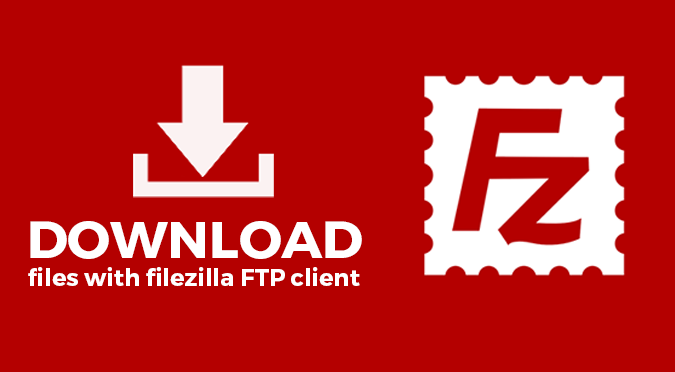FileZilla is a free, open source software available for windows, linux and MAC that will help you download your files from the web server to your local system easily via FTP.
You can download filezilla ftp client here. After downloading is complete, double click on file and follow further instructions to install it.
Prerequisite data:
Before downloading any file to your system, you will need some information with you. Following information is required in order to download files with filezilla FTP client:
1. Username of your FTP account
2. Password of your FTP account
3. Directory from where you want your files to be downloaded – It could be the root directory, public_html folder, any sub-directory or any sub-domain.
Once you have installed the FTP client and have required information, you are ready to download files to your local system.
Following are the steps to download files using filezilla:
1. Connect to your FTP account
First step in downloading a file to your system is to connect to your server. Open the filezilla client and you will see following fields on top:
> Host: Enter ‘ftp.yourdomainname’ in host field. e.g. If your domain name is ‘ShoutNinja.com’, you should enter ‘ftp.shoutninja.com’ in host field.
> Username: Enter the username of your FTP account here. e.g. goninja@shoutninja.com (make sure to add @domainname after username).
> Password: Enter the password of your FTP account here.
> Port: Leave this field blank.

connect to filezilla
After you enter the above information, click on ‘Quick connect’ button and filezilla will connect you to your FTP account.
2. Navigate to destination folder
Now you are connected to your FTP account and all your files on server are showing on right panel of FTP. Initially, root directory of your server will be shown. First, you should navigate to the public_html folder. Then go to folder, sub directory or sub-domain, where your files are present which are to be downloaded. You should double click on folder to view its content. Locate to the folder from where you want to download the files.
3. Navigate to local folder
Next step is to navigate to the local path of system where files has to be downloaded. For this, left panel of FTP is used.

Filezilla directory
4. Upload your files
You have located the source and destination of files. Now, you just need to drag the files from server (right panel) and drop to the local site (left panel).
At bottom, you can view the statistics of downloaded such as queued files, failed transfers & successful transfers.
